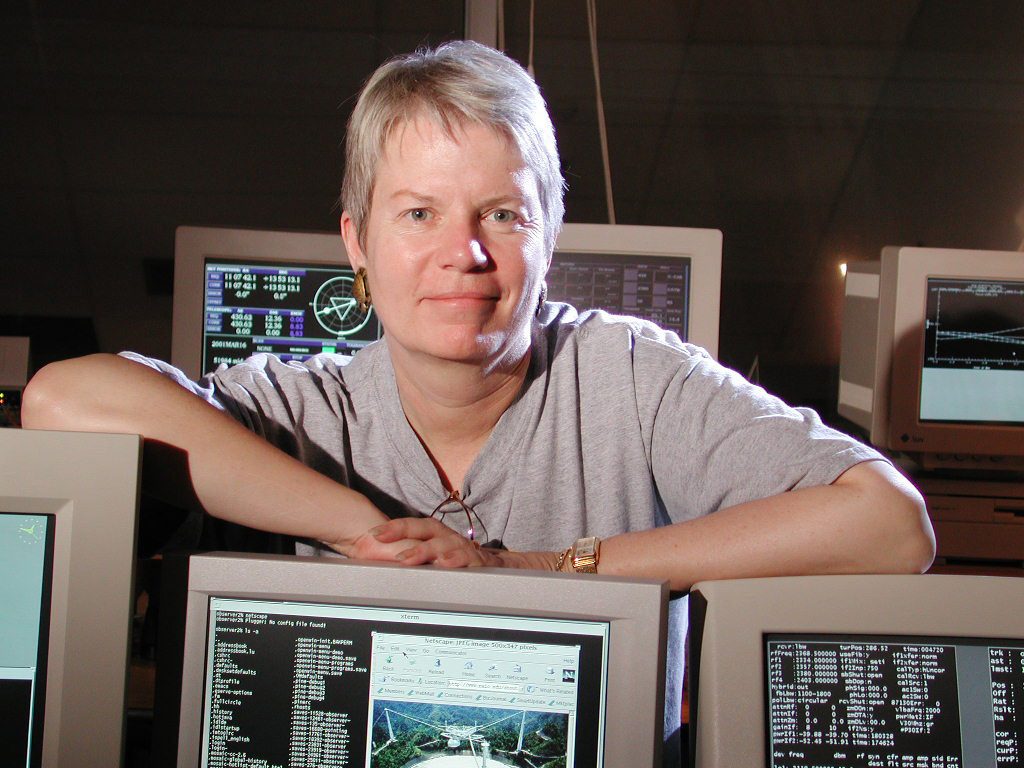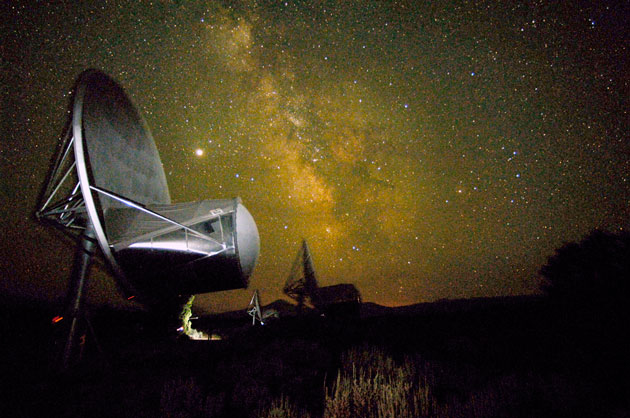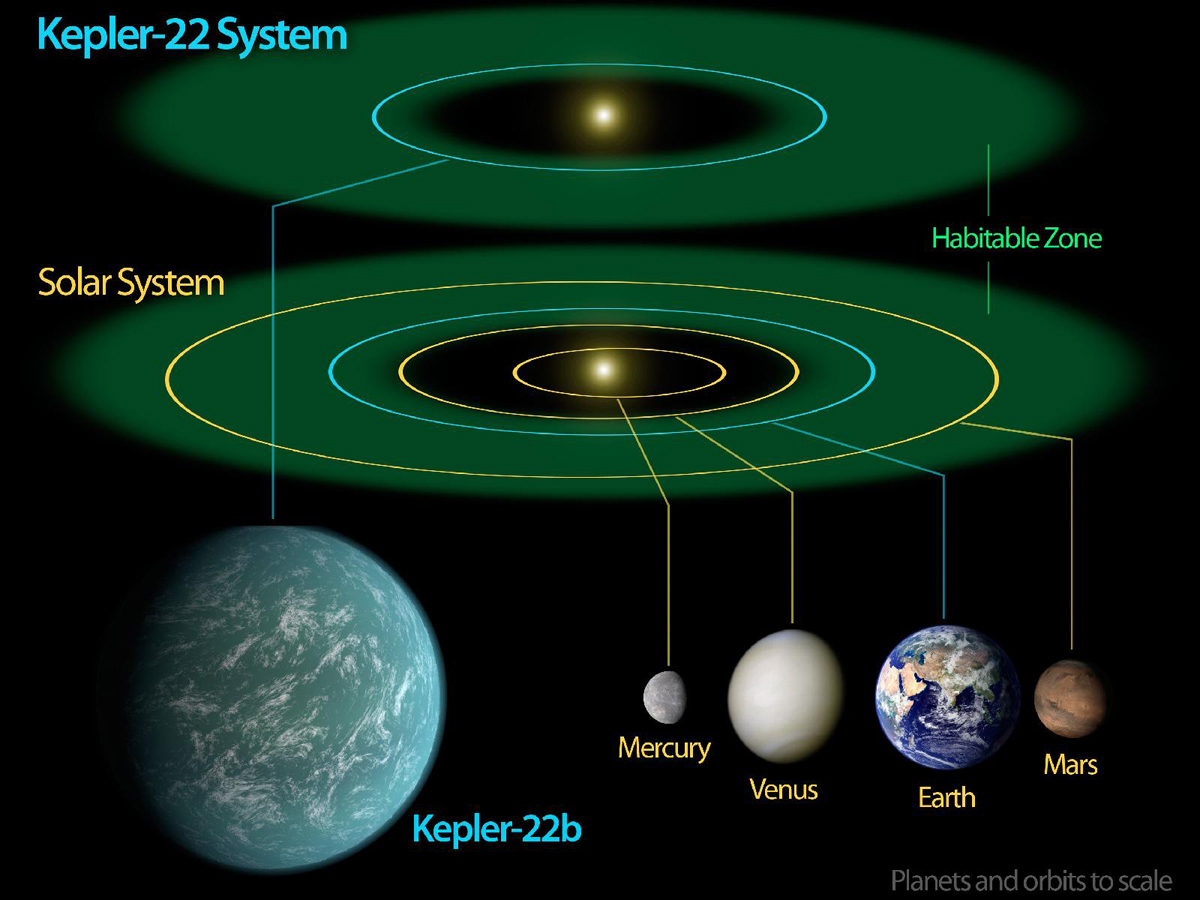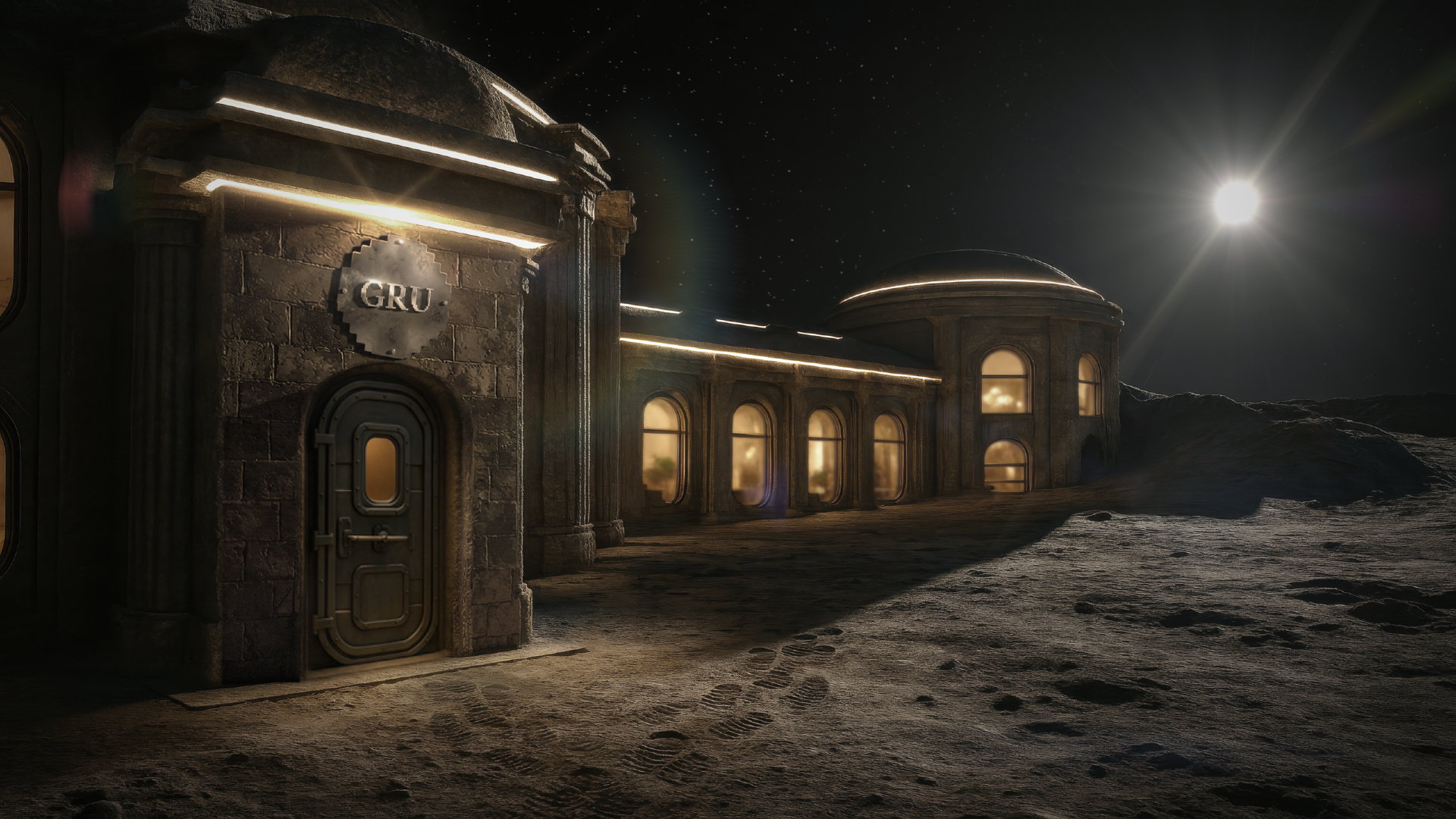Searching for Intelligent Aliens: Q&A with SETI Astronomer Jill Tarter

Astronomer Jill Tarter has been scanning the skies for signals from intelligent aliens for the past 35 years, but now she's making a career change.
Tarter, the inspiration for heroine Ellie Arroway in Carl Sagan's novel "Contact" and the movie based on it, is stepping down from her long-held post as director of the Center for SETI (Search for Extraterrestrial Intelligence) Research at the SETI Institute in Mountain View, Calif. But she'll continue to aid the SETI cause, by shifting over to a full-time fundraising role for the Institute.
SPACE.com recently caught up with Tarter, 68, to discuss the reasons for her career change, how the SETI effort has changed since she started out in the 1970s and what it would mean to finally pluck an alien signal out of the air.
SPACE.com: Why did you decide to retire as director of the Center for SETI Research, and switch over to fundraising full-time?
Tarter: Because last year, with the hibernation of the [Allen Telescope] Array, that entire event — it was just eye-opening. That was a wakeup call. Funding is so precarious that we've just got to get the job done, and get stable funding into the house to do SETI research.
We have a new partner — we got that deal done, so we can operate the Array. But now we've got to provide funding for people to actually use it and do clever things, and do research, and look in new ways. So I can't put it off any longer. It's really critical.
I'm going to have to find people to help me who like doing this, and who are good at it. And we're not talking about huge amounts of funds; it's a very doable project. [5 Bold Claims of Alien Life ]
Breaking space news, the latest updates on rocket launches, skywatching events and more!
SPACE.com: How much money do you guys need to keep things running every year?
Tarter: We need about $2 million a year to keep SETI research going at the SETI Institute. I think worldwide we could maybe spend 10 times that, supporting all kinds of SETI activity around the world.
But $2 million is my starting point, and it's not just this year. It's next year, and the year after that, and the year after that, and the year after that.
SPACE.com: Where are you going to look for money? What's the strategy going to be?
Tarter: Well, it's going to start with private donors. I think this eventually should be a mix of private, state and federal funding. And I think it needs to go global, which it has never been.
If we had to pick a time, we probably would not have picked a time when the stock market is doing awful, ugly things, and the euro is in such crisis. But nevertheless, it is what it is, and SETI's too important to fail, so we're going to go do it.
It's a hard thing, because we're not a university. We don't have alumni who have a vested interest and feel indebted to the education they got. But we do have a project that everybody in the world cares about, and so it should be doable.
SPACE.com: Why did you get involved in the SETI effort back in the 1970s?
Tarter: When Stu Boyer, an X-ray astronomer at UC Berkeley, came into my office and asked me to join a team that he was putting together to do a piggyback SETI project at the Hat Creek telescope, he gave me the Cyclops report, which had been written a couple of years earlier.
That was a magnum opus by Barney Oliver and John Billingham [that proposed ways to find SETI signals using Earth-based instruments]. And I read that document. I hadn't ever been thinking about SETI, or intelligent life elsewhere. I hadn't put much effort into it. But when I read that document, I was absolutely astonished by the fact that I lived in the first generation of humans that could actually try to do an experiment to answer this really old question.
For millenia, we'd simply been asking the priests and the philosophers what we should believe. And we were at a tipping point, where we could go from using the verb "believe" to looking at the verb "explore," and using the tools of the astronomer to try and answer this question in a systematic fashion.
The fact that I was alive with the right skill set, at just the right time to tackle this important question, was what hooked me. That's why I signed up to SETI when I was getting out of graduate school. And I've stayed hooked. I just think it's an amazing privilege to try and take on this challenge, and answer this old, fundamental question. [Top 10 Alien Encounters Debunked]
SPACE.com: In the 1970s, nobody had yet discovered a planet beyond our solar system. But nowadays, NASA's Kepler space telescope and other instruments are finding lots of alien worlds. Have these discoveries increased enthusiasm for the SETI search, and will they help you guys going forward?
Tarter: The Kepler worlds are really legitimizing SETI. All of us that are even peripherally involved with that are looking and saying, "You know, Earth 2.0 — that's just right around the corner. We can almost taste it." And I think the moment you can point up at the sky and say to somebody, "There. Just like Earth," the next question is going to be, "Well, does anybody live there?"
That's one that we're eager to try and help answer. And then after that, maybe, "Can we get there?" And we're also involved in that [through participation in DARPA's 100-year starship project].
SPACE.com: Do you think we're going to detect an alien signal someday?
Tarter: I don't know the answer to that question. That's why we're doing the search.
It is conceivable that our technological civilization is unique, or at least unique in this particular epoch of the galaxy's history. Or we might be one of many.
SPACE.com: What would it mean if we found a signal? How would it change how we think about ourselves and our place in the universe?
Tarter: I would like to have the opportunity to make the argument that investing in SETI is investing in our future. What would it really mean if we were to detect a signal? It would mean, in the words of [the late physicist] Phil Morrison — a lovely phrase — he always referred to SETI as the archeology of the future.
Detecting a signal — if there's any information, we'll learn about their past, because of the finite travel speed of light. But if we detect a signal, we'll certainly instantly know, even without any information in the signal, that it's possible to become an old technology.
Success in SETI is never going to be achievable unless technologies, on average, survive for a long time in a cosmic sense, so that two technologies — an emerging technological civilization such as ours, and another technology — overlap in the 10-billion-year history of the Milky Way galaxy.
They have to be close enough in space so that we have the sensitivity to detect them, but we also have to be cotemporal. And that's not going to happen if technologies spring up and last a few years, and then are gone.
There are so many other indicators that we are enmeshed in today that suggest that in fact we don't have a very long future ahead of us. So working on SETI, and succeeding in detecting a signal so that we know it's possible to have a long future, I think is enormously valuable.
SPACE.com: Yes, that would be heartening — to know that we could survive for at least a few million years, because somebody else has done it, too…
Tarter: Exactly. And along the way towards that success, we can also do some world-changing by getting people involved in the whole process of SETI. Because if you get people involved and thinking about it, then they have to open up their minds and take on a more cosmic point of view. And they have to, at least for a short time, see themselves as all one species, all Earthlings, on one planet in a large cosmos, and understand that we're all the same.
If we can get people involved and supporting SETI and participating in it, then perhaps we can do a little bit to trivialize the differences among humans that we find so difficult to deal with today.
SPACE.com: Speaking of getting the world involved, are there any plans in place to make SETI a more international effort? If so, how do you do that?
Tarter: Well, one step is SETILive.org. We launched that at the end of February as part of the TED Wish that I made in 2009 to get the world involved. And when you look at who's signed on and who's classifying signals, you find that about 30 percent are outside the U.S. So that's a start in getting the rest of the world engaged.
In terms of funding, how we'll go about that — that's to be determined. But a signal isn't coming to California. A signal isn't coming to the United States. This is something that really involves the entire planet, and we need to sit down and work it out. How are we going to make connections, and how do we do a better job of telling the story?
There's got to be a path for success, and I need to engage a few people who think SETI is as important as I do, and who know how to do this, to get the job done.
SPACE.com: There's going to be a celebration of you and your career next month at the SETICon meeting [in Santa Clara, Calif.], right?
Tarter: I'm not quite sure whether it's going to be a roast; we'll see [laughs]. I'm very flattered that they've decided to dedicate some effort to talking about what we've achieved — what I've achieved, and what our team has achieved over these years.
SPACE.com: What do you regard as some of your, and your team's, greatest achievements?
Tarter: Well, we have the [SETI] Institute, which is is far bigger than I ever envisioned it would be when we incorporated it in 1984 with very modest goals to save NASA money. When I wrote the charter for the Institute, I said, "Well, gee, we're willing to be — and eager to be — the institutional home for research that deals with any of the factors of the Drake equation."
And as a result, we have this little-known secret that the SETI Institute is very large. My team is quite small, and the rest of my colleagues are astrobiologists who are looking for biosignatures and are studying extremophiles and wondering about life under the ice of Europa and Enceladus, and all of this.
So we have a very vibrant institution of astrobiology, and also education and public outreach, that most people don't know about. I'm hoping that we get to celebrate that at SETICon as well.
You can follow SPACE.com senior writer Mike Wall on Twitter: @michaeldwall. Follow SPACE.com for the latest in space science and exploration news on Twitter @Spacedotcom and on Facebook.

Michael Wall is a Senior Space Writer with Space.com and joined the team in 2010. He primarily covers exoplanets, spaceflight and military space, but has been known to dabble in the space art beat. His book about the search for alien life, "Out There," was published on Nov. 13, 2018. Before becoming a science writer, Michael worked as a herpetologist and wildlife biologist. He has a Ph.D. in evolutionary biology from the University of Sydney, Australia, a bachelor's degree from the University of Arizona, and a graduate certificate in science writing from the University of California, Santa Cruz. To find out what his latest project is, you can follow Michael on Twitter.



